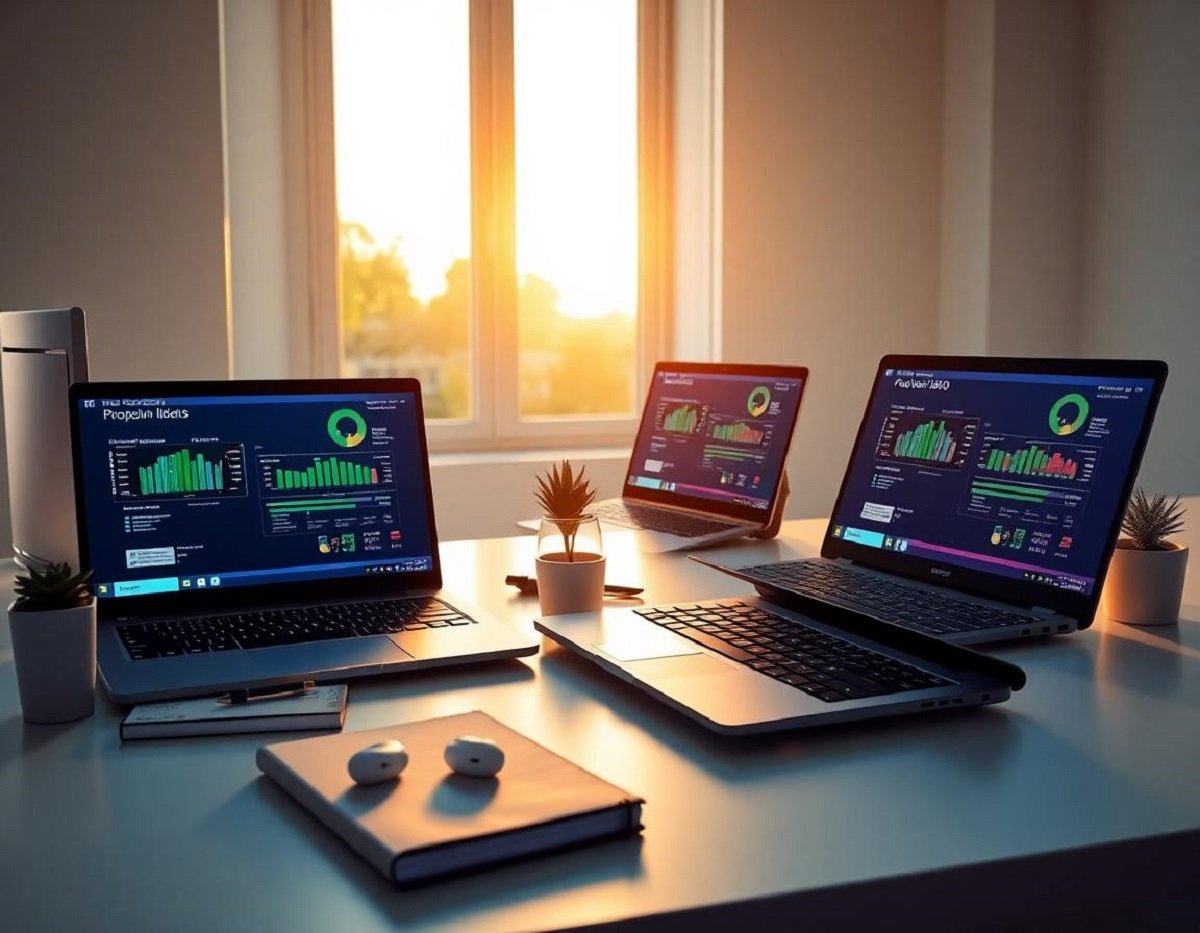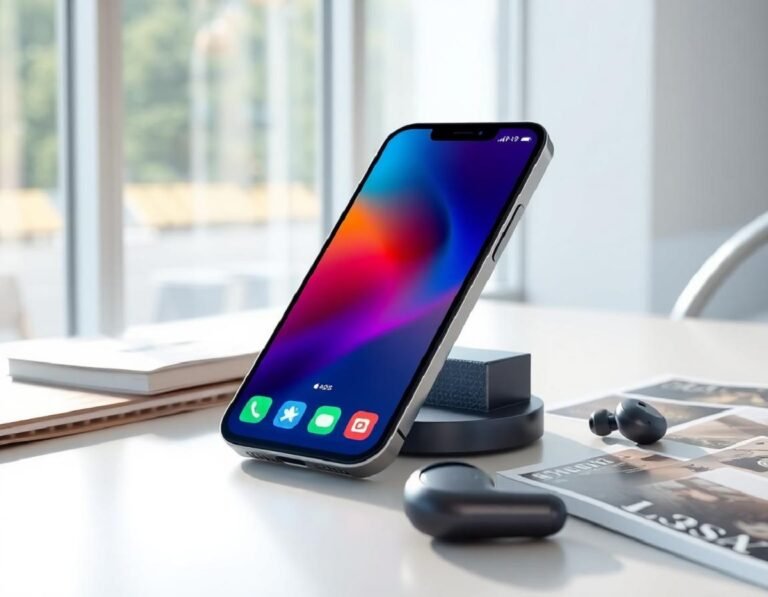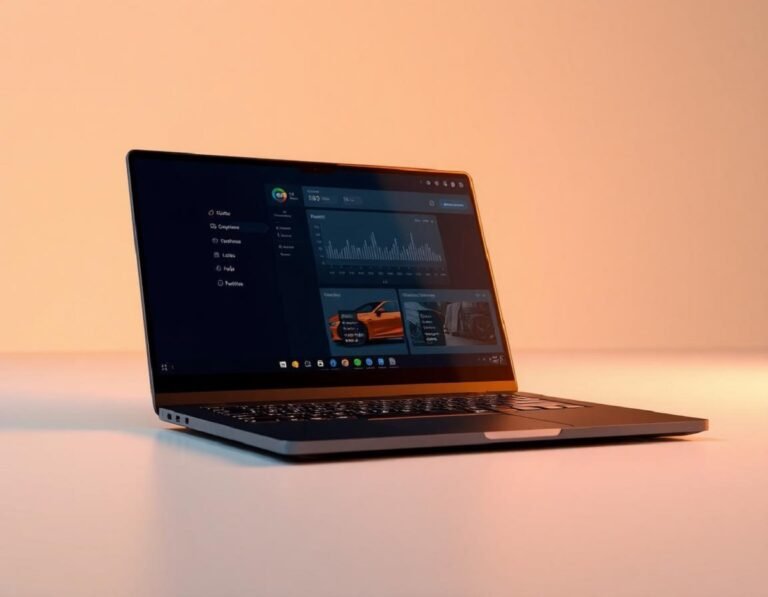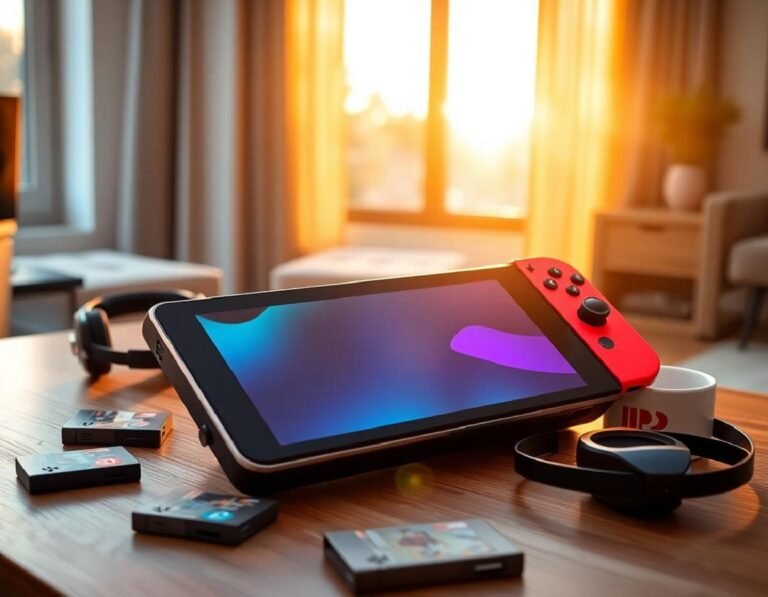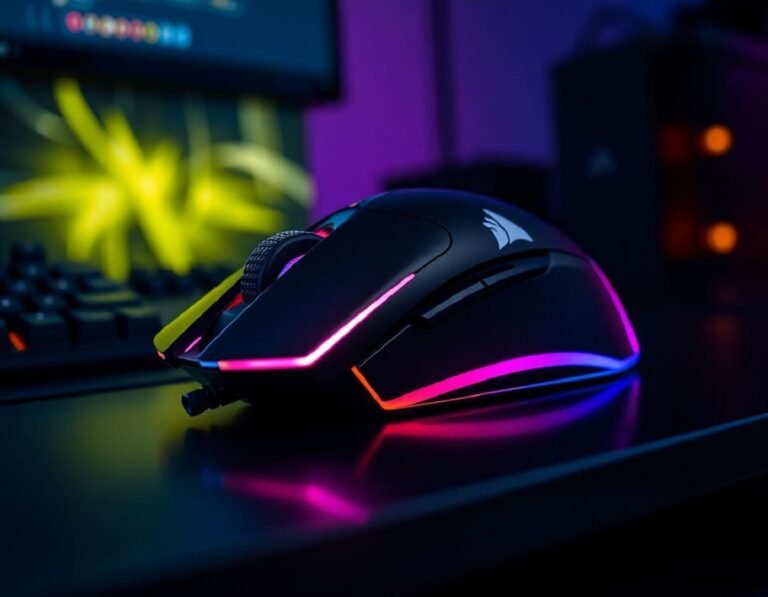4 Best Notebook Under $500 We’ve Tested (July 2025).
Top Picks Under $500
Be practical with your expectations. For web, documents, and light apps, these picks do fine. If you’re a student, getting a backup laptop, or buying for a younger kid, this list covers your needs without breaking your budget. Windows options are available, though Chromebooks usually provide more value for the price.
Expect a few trade-offs: lighter hardware, less storage, and plastic cases are common here. Don’t expect top graphics or very fast CPUs. Each laptop below offers long battery life and reliable everyday speed, with at least one standout feature.
This roundup is updated often with fresh reviews and the latest releases.
Quick List
Lenovo IdeaPad Flex 5i Chromebook Plus
The Lenovo IdeaPad Flex 5i Chromebook Plus gives you a lot for less than $500. It packs an Intel Core i3 processor, 8GB RAM, and a crisp touchscreen. It’s fast for everyday tasks and even includes helpful AI tools. The build feels sturdy, the keyboard is comfortable, and the look is clean.
Key Specs:
- Intel Core i3-1315U
- Intel UHD graphics
- 8GB RAM
- 128GB eMMC storage
- 14-inch IPS touchscreen (1920 x 1080)
- 3.6 pounds
Why you’ll like it:
- Handles daily work quickly with AI boosts
- Typing feels great
- Strong build and sharp design
What could be better:
- Display isn’t very bright
On Geekbench 6, this Chromebook scored 5,384, better than many in its class. Expect nearly 10 hours of battery life, and the 16:10 screen gives you more room to write or browse. It balances price, looks, and speed in a tidy package.
Best Under $300: Lenovo Duet 5 Chromebook
The Lenovo Duet 5 Chromebook works as both a laptop and a tablet. Its 13.3-inch OLED touchscreen is bright and colorful, and the keyboard detaches for even more flexibility. Battery life lasts over 13 hours, and you get the keyboard and cover included.
Key Specs:
- Qualcomm Snapdragon 7c Gen 2
- Qualcomm Adreno 618 graphics
- 8GB RAM
- 128GB eMMC storage
- 13.3-inch OLED touchscreen (1920 x 1080)
- 1.5 pounds (tablet), 2.24 pounds (with keyboard)
Why it stands out:
- Vivid OLED screen
- Lasts more than 13 hours per charge
- Switches easily between laptop and tablet
- Keyboard and cover included
What’s missing:
- Not the fastest in this range
- No stylus inside the box
For less than $300, the Duet 5 is tough to top. The processor isn’t the quickest, but the display and battery make it worth the buy. The choice to use it as a tablet or laptop works well for work, streaming, or trips.
Best Windows Laptop: Lenovo IdeaPad Flex 5 14
Finding a Windows laptop under $500 that actually works well isn’t easy. The IdeaPad Flex 5 14 stands out with an Intel Core i5 chip, 16GB RAM, and a good touch screen. It takes on homework and light multitasking with no problem and runs over 14 hours before needing a charge.
Key Specs:
- Intel Core i5-1135G7
- Intel Iris Xe graphics
- 16GB RAM
- 512GB SSD storage
- 12.3-inch IPS touchscreen (2400 x 1600)
- 3.3 pounds
What’s good:
- Comfortable keyboard and solid audio
- More than enough memory and storage
- Lasts over 14 hours on battery
Weak spots:
- Display is a bit dim
- No pen included
- Only a single USB-C port
The Intel model can be hard to find, but the AMD Ryzen 3 version gives a similar experience. This laptop gives you a lot for the price.
Best for Students: Acer Chromebook Spin 312
The Acer Chromebook Spin 312 is made for school. It’s tough, easy to carry, and fits in any backpack. The battery handles over 10 hours of use, and the keyboard and trackpad work well for long days. The 12.2-inch touchscreen uses Gorilla Glass for color and scratch protection at a low price.
Key Specs:
- Intel Core i3-N305
- Intel UHD graphics
- 8GB RAM
- 128GB eMMC storage
- 12.2-inch IPS touchscreen (1920 x 1200, 60Hz)
- 2.84 pounds
Great features:
- Smooth OceanGlass trackpad
- Scratch-resistant Gorilla Glass screen
- Compact and rugged for life on the go
Cons:
- Speakers lack depth
- Webcam quality isn’t great
Lab results show 55% DCI-P3 color coverage, but the screen still pops. Affordable and sturdy, the Spin 312 suits school and daily tasks.
Benchmark Comparison
DeviceGeekbench 6Geekbench 5Jetstream 2CrXPRT 2HandbrakeBattery LifeSSD SpeedDCI-P3 GamutDisplay BrightnessLenovo IdeaPad Flex 5i Chromebook Plus5,384NA272.91NANA09:43NA46.5%306 nitsLenovo Duet 5 ChromebookNA1,72770.155NA13:31NA85.2%361 nitsLenovo IdeaPad Flex 5 14NA3,841NANA25:3014:16565.945%200 nitsAcer Chromebook Spin 3124,477NA215140NA10:33NA55%277 nits
Tips for Shopping Best Laptops Under $500
Basics:
Good Windows laptops and great Chromebooks exist under $500. Focus on RAM, storage type, processor, and keyboard—they matter most.
Screen Size:
Look for 12 to 14-inch screens to keep things light and easy to carry. That’s where most budget-friendly models fall.
Form Factor:
Clamshells (regular laptops) can cost less, but plenty of convertibles and detachables offer good deals. If you want tablet use, try a 2-in-1 or detachable.
Battery Life:
Find something with about 10 hours per charge, so you can work away from an outlet all day.
Specs:
Finding a budget laptop with 16GB RAM, a 256GB SSD, and newer Intel chips is rare but possible. Most cheap laptops offer 8GB RAM and 128GB (sometimes slower) storage, with basic Intel or MediaTek processors. Chromebooks tend to run faster on entry-level hardware compared to Windows models.
FAQ
Are budget laptops a good buy?
If you just need basics, a sub-$500 laptop usually works well. Today’s budget options can be fast, have solid keyboards, and offer bright screens. Some cheap models still fall short in battery and build, so always check reviews.
Are laptops less expensive now?
Prices have stayed about the same in recent years, but quality often improves. If tariffs go up, prices might too. Watch for sales.
How We Test Budget Laptops
We test each laptop with a mix of hands-on tasks and benchmarks. This covers speed, battery life, screen quality, audio, and heat. We use colorimeters for display checks and run Geekbench, 3DMark, video conversion, and file transfers to see how the laptops handle real use.
We track heat during video playback and battery drain during web browsing at standard brightness. Reviewers then use the laptop for writing, streaming, and video calls to get a true feel for daily use.
Combining lab tests and real use gives us a clear, honest picture of each laptop.

